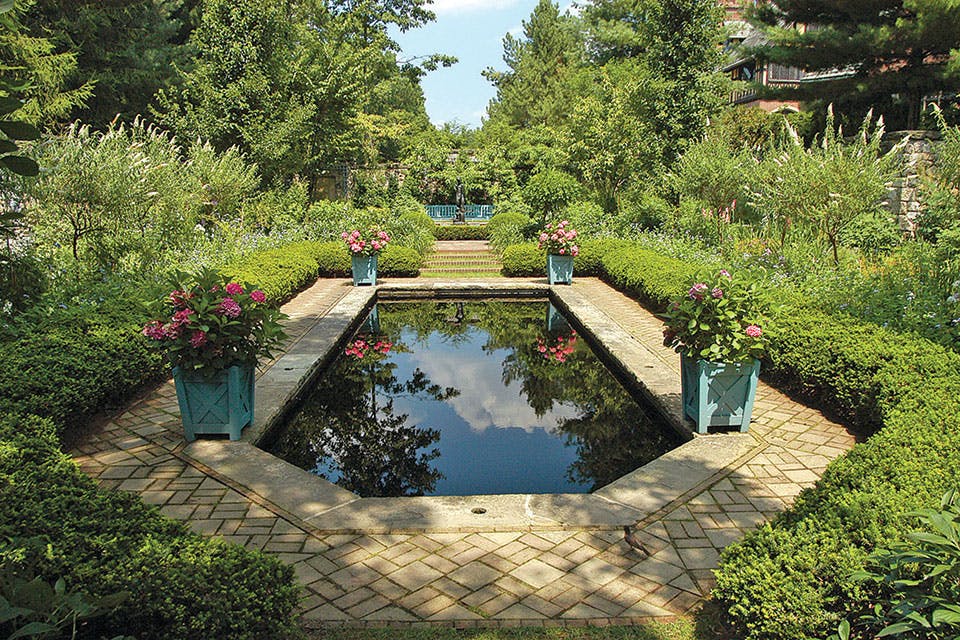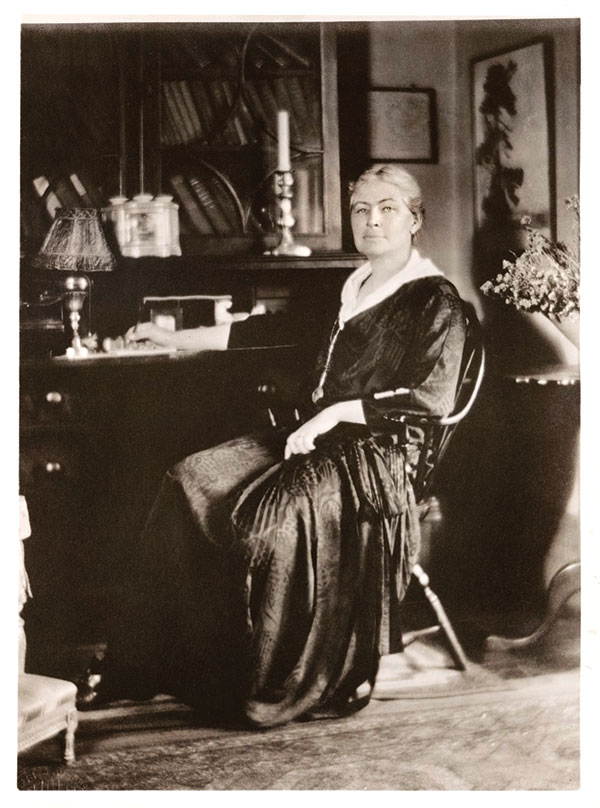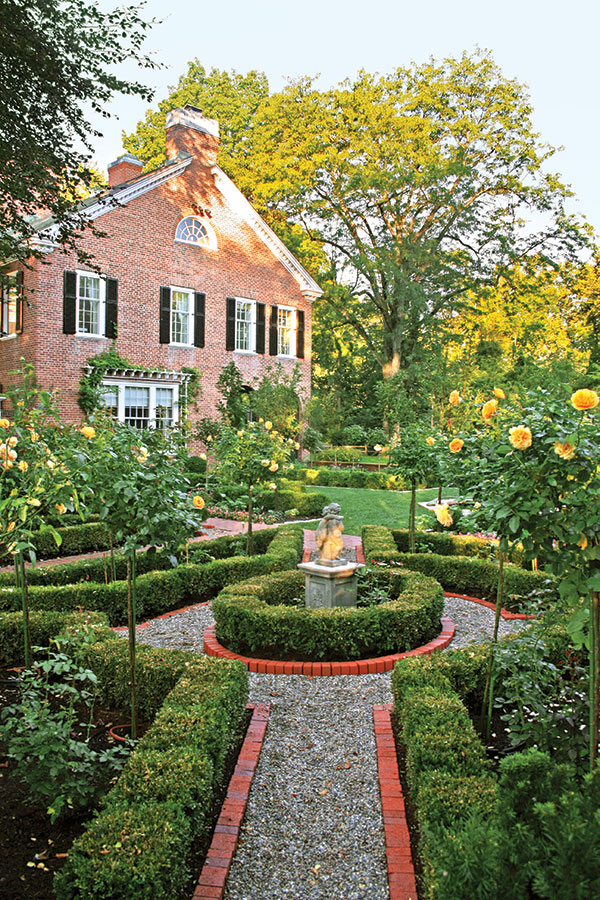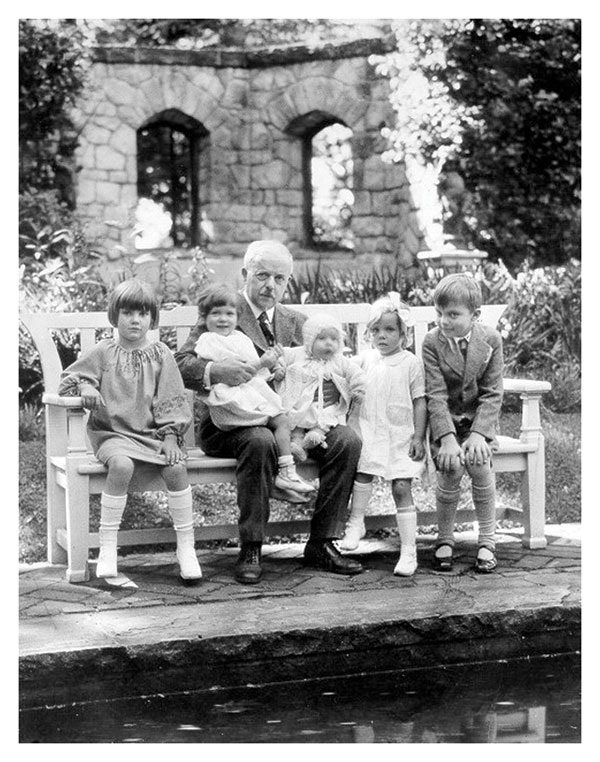Home + Garden
Ohio’s Historic Ellen Biddle Shipman Gardens
Landscape architect Ellen Biddle Shipman was a pioneer in her field. Here's where you can still see her work today.
Related Articles
.jpg?sfvrsn=24e8b738_7&w=960&auto=compress%2cformat)
See 500,000 Tulips in Bloom in Granville
Visit Timbuk Farms & Garden Center this April for the the annual Tulip Festival season. READ MORE >>
.jpg?sfvrsn=fc2b738_5&w=960&auto=compress%2cformat)
Grow an Ohio Garden with the Native Plant Backyard Challenge
Make your outdoor space into a haven for birds, butterflies and pollinators this season by taking part in this National Audubon Society program. READ MORE >>

Visit the Ohio Graves of 5 U.S. Presidents
Seven presidents were born in Ohio, and another called the state home before being elected. Connect with that history by visiting the final resting places of the five who are buried here. READ MORE >>






